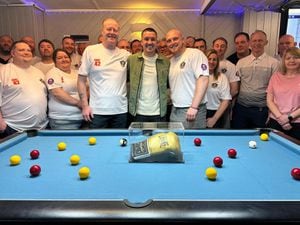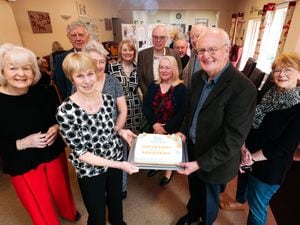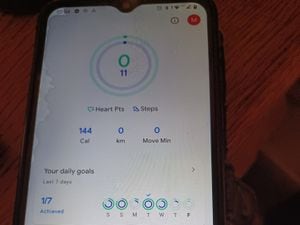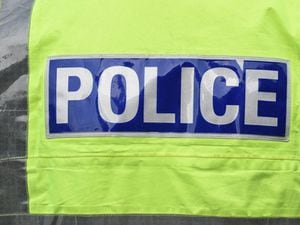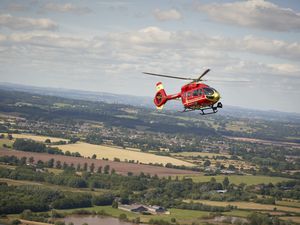Shropshire's VC heroes honoured as part of national memorial scheme
Four Shropshire Victoria Cross heroes of the Great War are among those being honoured by the commemorative paving stones, launched by David Cameron at the National Memorial Arboretum.
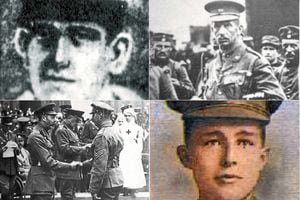
One of the specially-designed paving stones has already been delivered to a Shropshire town where plans have been drawn up to lay it as part of a general refurbishment around the war memorial.
Major Charles Allix Lavington Yate, of Madeley, Telford, fought to the last against overwhelming odds at the Battle of Le Cateau on August 26, 1914, and was initially reported killed, although he had in fact been taken prisoner.
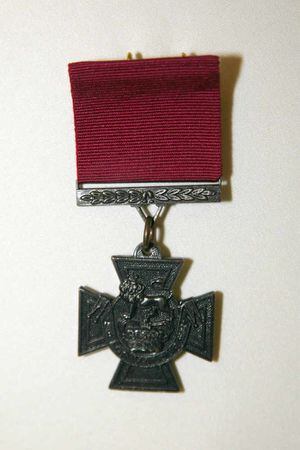
The idea of the scheme has been that the paving stones are laid on the centenary of the dates on which the original medals were won, but in Madeley that has not happened because the opportunity is being taken to incorporate Yate's paving stone within the planned war memorial refurbishment.
The aim is to get everything done in time for Remembrance Day this year.
As for the stone itself, it has previously been on display at the town council's offices in Jubilee House, but is now no longer on show and is being kept safe in preparation for the work.
The other Shropshire Victoria Cross winners to be honoured with paving stones are Private Harold Whitfield, of Oswestry, who won the award in 1918 while serving in the King's Shropshire Light Infantry; Lieutenant Thomas Wilkinson, who was born at Dudmaston, near Bridgnorth, and won the VC on July 5, 1916, at La Boiselle on the Somme; and Able Seaman William Charles Williams, who was born in Stanton Lacy and won the VC at Gallipoli on April 25, 1915.
However neither Wilkinson nor Williams were living in Shropshire at the time of their awards. Wilkinson had emigrated to Canada and Williams was brought up in Chepstow.
Whitfield was the only soldier of the KSLI to win the VC in the Great War. He was in the 10th Battalion and won the VC on March 10, 1918, fighting against the Turks.
He charged and captured a Lewis gun position, bayoneted or shot the whole team, and then turned the Lewis gun on the enemy.

